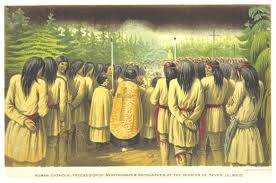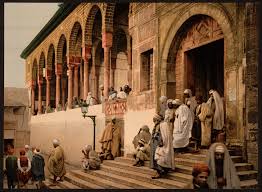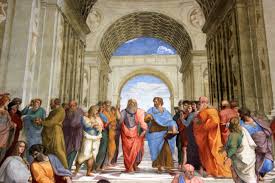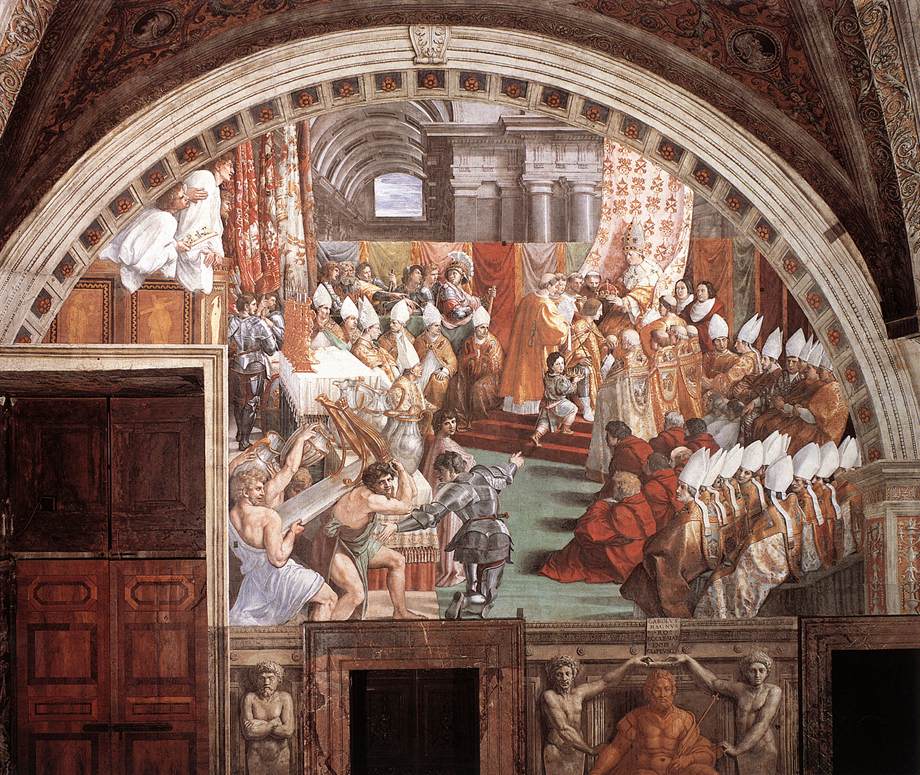Ancient Roman Elections: Rome, in its earliest days, was governed by kings. However, Ancient Rome was to develop its own form of government that allowed the Romans to govern themselves. The ancient Romans never held the idea of one-man-one-vote, instead citizens eligible to vote were divided into tribes and centuries.
Voting was done on a tribe by tribe[centurie by centurie] basis. The order of voting was randomly selected, with the higher classes voting first.
Ancient Roman Elections
Rome was remarkably democratic when its own people were concerned. Citizens of Rome would gather at an assembly to elect their own officials. The chief officials of Rome were called consuls and there were two of them.

The consuls governed for a year. If they did not live up to expectations, they could be voted out of office at the next election.
Who could vote in ancient Rome
By the late second century BCE, there were two assemblies where adult Roman male citizens voted for candidates in elections and for proposed legislation, the Assembly of the Centuries and the Assembly of the Tribes.

An attendant handed each voter a small wooden tablet covered with wax on which he inscribed his vote. He then dropped the tablet into a tall urn (vista). This was a time-consuming process requiring large spaces, so most voting was conducted in the Campus Martius. The whole voting process had to be completed within a single day.
Citizenship in the Roman Republic
A candidate was called Petitor; and his opponent with reference to him, a competitor. A candidate (candidates) was so called from his appearing in the public places, such as the fora and Campus Martius, before his fellow-citizens, in a whitened toga.
On such occasions, the candidate was attended by his friends (deductors), or followed by the poorer citizens (Sectatores), who could in no other manner show their goodwill or give their assistance.

The candidate, in going his rounds or taking his walk, was accompanied by a nomenclator, who gave him the names of such persons as he might meet; the candidate was thus enabled to address them by their name, an indirect compliment which could not fail to be generally gratifying to the electors.
The candidate accompanied his address with a shake of the hand (predation). The term Benignitas comprehended generally any kind of treating, as shows, feasts, &c. Candidates sometimes left Rome and visited the colonies and Municipia, in which the citizens had the suffrage.
Ancient Roman Elections: Facts
In addition to consuls, there were other elected officials – judges, magistrates and tax collectors being some of them. Ten “Tribunes of the People” were also elected to look after the poor of Rome.
If elections were reasonably democratic, the role of the Senate was not. Most, if not all, decisions were in favor of the rich. Only the rich were in a position to use their wealth to influence decision-making within the Senate. However, very few people in lower social classes questioned this system.

Julius Caesar began a large building for the electoral process, the Saepta Julia, which was completed by Marcus Agrippa in 26 BCE during the reign of Augustus.
Women were excluded by law from any political role; they could not vote or hold office. Upper-class women, however, had the possibility of behind-the-scenes influence, because they could possess and control wealth, could move about in public freely without losing respectability.




